Home>Garden Essentials>How Many Seeds Are In A Johnny Seed Packet
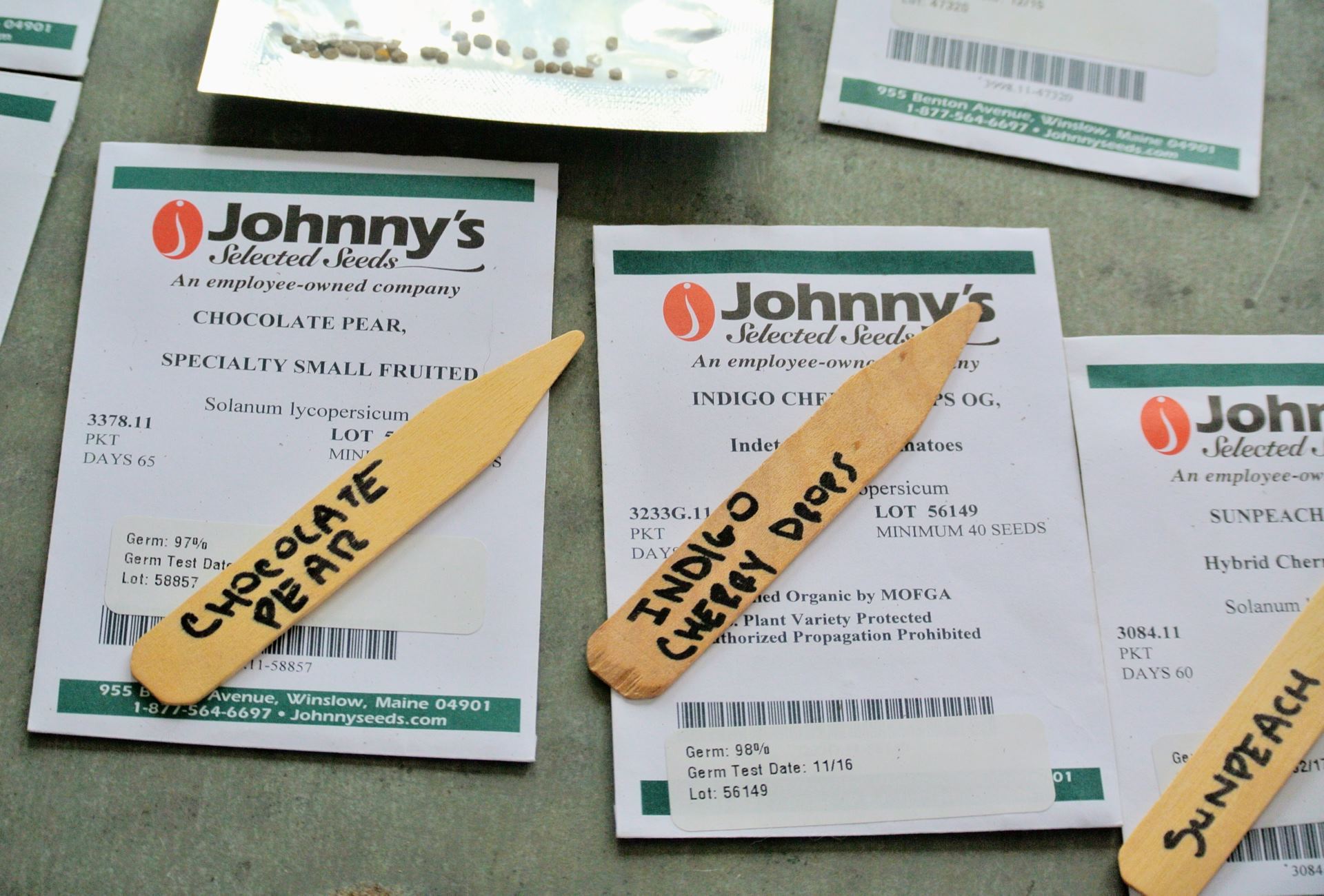

Garden Essentials
How Many Seeds Are In A Johnny Seed Packet
Modified: September 1, 2024
Discover how many seeds are typically included in a Johnny Seed garden packet. Get all the details you need to plan your flourishing garden.
(Many of the links in this article redirect to a specific reviewed product. Your purchase of these products through affiliate links helps to generate commission for Storables.com, at no extra cost. Learn more)
Introduction
Welcome to the world of gardening, where colorful blooms and delicious harvests await. Whether you have a green thumb or are just starting your gardening journey, you’ve likely come across Johnny Seed packets. These small but powerful packets are a treasure trove of potential, containing the building blocks for a vibrant and bountiful garden.
In this article, we will explore the fascinating realm of Johnny Seed packets and uncover the secrets behind their seed counts. Have you ever wondered how many seeds are in a Johnny Seed packet? Or how to get the most out of your packets? We will tackle these questions and more, providing you with insight that will help you make the most of your gardening endeavors.
Johnny’s Selected Seeds is a renowned seed company known for providing high-quality seeds to gardeners of all skill levels. Their commitment to sustainability, diversity, and customer satisfaction has made them a trusted source for gardeners around the world. Each Johnny Seed packet is carefully crafted and filled with seeds that are selected for their exceptional quality and performance.
Understanding the contents and seed counts in Johnny Seed packets is essential for planning and designing your garden. By knowing how many seeds are in each packet, you can determine the right quantity for your specific needs and make the most of your growing space. So, let’s dive in and unravel the mysteries behind these seed-filled envelopes.
Key Takeaways:
- Johnny Seed packets contain valuable information, including seed count, which helps gardeners plan and budget effectively for a diverse and continuous harvest.
- Understanding factors affecting seed count, such as seed size and viability, empowers gardeners to make the most of their Johnny Seed packets and create thriving gardens.
Read more: How Many Grams In A Seed Packet
Understanding Johnny Seed Packets
Johnny Seed packets are more than just simple envelopes containing seeds; they are carefully designed and labeled to provide valuable information to gardeners. Let’s take a closer look at the components and features of a typical Johnny Seed packet.
Packaging: Johnny Seed packets are typically made of durable paper or plastic material to protect the seeds from moisture, light, and other external factors that could reduce their viability. The packaging is designed to be easy to open and resealable, allowing you to store any remaining seeds for future planting seasons.
Seed Variety: Each packet is labeled with the specific variety of seeds it contains. Whether you’re looking for vibrant flowers, aromatic herbs, or delicious vegetables, Johnny Seed packets offer a wide range of options to suit your gardening preferences.
Seed Count: The seed count is crucial information provided on the packet to give you an idea of the quantity of seeds enclosed. This number can vary significantly depending on the type of seed and its size. Seed counts are typically indicated as a range, giving you an estimate of the minimum and maximum number of seeds in the packet.
Sowing Information: Johnny Seed packets often include sowing information, such as the recommended planting time, spacing, and depth. This valuable guidance ensures that you sow your seeds at the optimal time and create the best conditions for their successful germination and growth.
Additional Information: Some packets may include additional information, such as germination tips, specific care instructions, and even recipes or usage suggestions for crops like herbs and vegetables.
Organic and Non-GMO: Johnny’s Selected Seeds prides itself on offering both organic and non-GMO seeds. This information is clearly indicated on the packet, allowing you to choose seeds that align with your gardening preferences and values.
Now that you have a better understanding of the different elements of Johnny Seed packets, including their packaging, seed variety, seed count, and additional information, we can explore the factors that affect the seed count in a packet.
Factors Affecting Seed Count in a Packet
The seed count in a Johnny Seed packet can vary depending on several factors. Understanding these factors will give you insights into why there may be variations in the number of seeds you receive. Let’s explore the main factors that can affect the seed count in a packet:
Seed Size: Different varieties of seeds come in various sizes. Smaller seeds, such as those of carrots or lettuce, tend to have a higher seed count per packet, as they occupy less volume. On the other hand, larger seeds, like beans or squash, will have a lower seed count due to their size taking up more space in the packet.
Seed Viability: The viability of seeds refers to their ability to germinate and produce healthy plants. Johnny’s Seeds ensures that the seeds in their packets have high viability rates. However, naturally, some seeds may have lower viability rates than others due to factors like age, storage conditions, or inherent characteristics of the seed variety. To compensate for this, seed companies often include a slightly higher number of seeds in packets to increase the chances of successful germination.
Seed Availability: The availability of seeds can also impact the seed count in a packet. If a particular seed variety is scarce or in high demand, there may be fewer seeds available to include in each packet. This is especially true for rare or heirloom varieties that may have a limited supply.
Seed Cost: The cost of the seeds is another factor that affects the seed count. Seeds that are more costly, either due to scarcity or specialized breeding techniques, may have a lower seed count to maintain a reasonable price point for consumers. However, this does not compromise the quality or viability of the seeds in any way.
Seed Type and Germination Rate: Certain seed types, such as hybrid seeds, may have a lower seed count due to higher production costs or specific breeding techniques. Additionally, if a seed variety has a relatively lower germination rate, seed companies may provide a slightly higher seed count to increase the chances of successful germination for gardeners.
While these factors can influence the seed count in a packet, Johnny’s Selected Seeds strives to provide packages that offer a generous quantity of high-quality seeds to ensure customer satisfaction. Understanding these factors will help you appreciate the thought and consideration that goes into each seed packet.
The Importance of Seed Count
The seed count in a Johnny Seed packet may seem like a small detail, but it holds significant importance for gardeners. Let’s delve into why the seed count matters and how it can impact your gardening experience.
Planning and Budgeting: Knowing the seed count in a packet allows you to plan and budget effectively. When you have an idea of how many seeds are in a packet, you can determine if you have enough for your desired garden size or if you need to purchase additional packets. This knowledge ensures that you have the right quantity of seeds to optimize your garden without overbuying or wasting resources.
Variety and Diversity: Seed count affects the variety and diversity you can cultivate in your garden. With a higher number of seeds, you can experiment with different varieties and grow a wider range of plants. This not only adds visual interest to your garden but also allows you to enjoy a diverse selection of flavors, scents, and textures in your harvest.
Succession Planting and Continuous Harvest: Seed count is especially crucial for succession planting, where you sow seeds in stages to ensure a constant supply of fresh produce. By having a clear idea of the seed count, you can plan out your sowing schedule and stagger plantings to extend your harvest season. This method allows you to enjoy a continuous supply of vegetables, herbs, or flowers throughout the growing season.
Sharing with Others: A higher seed count in a packet offers an opportunity to share seeds with fellow gardeners. If you have an abundance of seeds, you can share the extras with friends, neighbors, or community organizations. Sharing seeds not only fosters a sense of community but also promotes biodiversity by spreading the cultivation of diverse plant varieties.
Experimentation and Learning: With a higher seed count, you have the freedom to experiment and learn more about different plants and growing techniques. You can try various planting methods, test different soil and nutrient combinations, or explore companion planting. This hands-on experience broadens your gardening knowledge and allows you to discover new favorites or innovative approaches to cultivation.
In summary, the seed count in a Johnny Seed packet is more than just a number. It empowers you as a gardener, helping you plan effectively, diversify your garden, and enjoy a continuous harvest. So, the next time you open a Johnny Seed packet, remember that the seed count is a valuable piece of information that contributes to a successful and rewarding gardening experience.
Check the seed packet for the seed count. It’s usually listed on the front or back. If not, contact the company or check their website for the information.
How to Determine the Seed Count in a Johnny Seed Packet
Determining the seed count in a Johnny Seed packet is a straightforward process that allows you to accurately plan and allocate your seeds. Here are some steps to help you determine the seed count:
- Read the Packet Label: Start by reading the label on the front or back of the Johnny Seed packet. Look for information specifically mentioning the seed count or quantity of seeds enclosed.
- Check the Range: Seed counts are usually indicated as a range, such as 50-100 seeds. Take note of the minimum and maximum numbers mentioned on the packet.
- Do Simple Math: To determine a rough estimate of the seed count, you can find the average by adding the minimum and maximum numbers and dividing by 2. This will give you a ballpark figure of how many seeds to expect.
- Consider Seed Size: Keep in mind that larger seeds, such as beans or squash, may have a lower seed count due to their larger size occupying more space in the packet. Conversely, smaller seeds, like lettuce or radish seeds, may have a higher seed count due to their compact size.
- Seed Packet Weight: In some cases, the seed packet’s weight can provide a clue about the seed count. Comparing the weight of multiple packets of the same variety can give you an idea of the range of seed count per packet.
- Online Resources: If you’re unable to determine the seed count from the packet label, you can visit the Johnny’s Selected Seeds website or contact their customer support for specific information regarding the seed count in a given packet.
Remember that the seed count is an approximation, as seed sizes and counts can vary naturally. Understanding the approximate seed count will help you plan and allocate seeds more effectively, ensuring that you have the right amount for your gardening needs.
It is essential to be aware that the seed count may differ across different seed companies or varieties, so these steps are specifically focused on determining the seed count for Johnny Seed packets.
Now that you know how to determine the seed count, let’s explore some common seed counts you can expect to find in Johnny Seed packets.
Read more: How Many Ounces In A Zinnia Seed Packet
Common Seed Counts in Johnny Seed Packets
Johnny Seed packets come in a variety of sizes, with each packet containing a specific number of seeds. While the seed count may vary depending on the variety and size of the seeds, there are some common seed counts you can expect to find in Johnny Seed packets. Here are a few examples:
- 50-100 Seeds: This is a common seed count range for larger seeds like beans or squash. These varieties usually have fewer seeds due to their larger size and, often, higher purchase price. However, even with a lower seed count, you can still grow a substantial number of plants and enjoy a healthy harvest.
- 100-200 Seeds: This seed count range is often found for medium-sized seeds like tomatoes or peppers. These varieties typically fall within the average range of seed counts and provide a good balance of quantity and quality for a fruitful garden.
- 200-500 Seeds: Smaller seeds like lettuce, radishes, or herbs often have higher seed counts per packet. These varieties are well-suited for succession planting or creating densely planted beds, allowing for a continuous harvest throughout the season.
- 1000+ Seeds: Certain crops, such as flowers, herbs, or smaller vegetables like carrots or beets, may come in packets with a generous seed count of 1000 or more. These larger seed counts are beneficial if you plan to grow these plants in abundance, create extensive flower beds, or undertake commercial-scale production.
It’s important to note that these seed counts are approximate and may vary based on the specific variety and growing characteristics of the seeds. The seed count range indicated on the packet label will give you a general idea of what to expect.
Remember, the seed count is just one aspect to consider when choosing your seeds. Quality, germination rate, and suitability for your growing conditions are equally important factors to ensure a successful gardening experience.
Now that you have an idea of common seed counts, let’s explore some tips on how to get the most out of your Johnny Seed packet.
Tips for Getting the Most from Your Johnny Seed Packet
When it comes to maximizing the value and potential of your Johnny Seed packet, a few tips can go a long way. Whether you’re a seasoned gardener or just starting out, these tips will help you make the most of your seeds and ensure a successful gardening experience:
- Read the Instructions: Take the time to thoroughly read the sowing instructions provided on the seed packet. Pay attention to planting depth, spacing recommendations, and any specific care instructions. Following these guidelines will help you optimize germination rates and promote healthy plant growth.
- Start with Fresh Soil: Use high-quality soil or potting mix to provide your seeds with the best possible growing environment. Fresh soil is rich in nutrients and promotes better root development, resulting in stronger and healthier plants.
- Consider Seed Starting Indoors: For certain plants, especially those with longer growing seasons or those that require specific temperature conditions, starting seeds indoors can give them a head start. Use seed-starting trays and provide adequate light and warmth for successful germination and early growth.
- Thin Seedlings: As your seedlings emerge and begin to grow, thin them out if they are overcrowded. Crowded plants compete for sunlight, nutrients, and space, which can lead to reduced yields and weaker plants. Follow the packet’s spacing recommendations to ensure proper plant development.
- Watering and Fertilizing: Provide consistent moisture to your growing plants, being careful not to overwater or let the soil dry out completely. Additionally, consider incorporating organic fertilizers or compost to support healthy growth and abundant harvests.
- Protect from Pests and Diseases: Monitor your plants regularly for signs of pests or diseases, and take appropriate measures to protect them. Use organic pest-control methods, such as companion planting or row covers, and practice good garden hygiene to minimize the risk of infestations.
- Harvest and Save Seeds: Once your plants have matured, harvest the fruits, vegetables, or flowers at the right time to ensure optimal flavor and quality. Additionally, consider saving seeds from open-pollinated or heirloom varieties to continue your gardening journey in the future.
- Experiment and Learn: Lastly, don’t be afraid to experiment and try new techniques or varieties. Gardening is a continuous learning process, and each season presents opportunities for growth and discovery. Embrace the joy of experimentation and learn from both successes and challenges along the way.
By following these tips, you can make the most of your Johnny Seed packet and create a thriving garden filled with beauty, flavors, and abundance.
Now, let’s wrap up with a few concluding thoughts.
Conclusion
Johnny Seed packets are not just simple envelopes filled with seeds; they are gateways to a world of possibilities in your garden. Understanding the seed count, packaging, and other valuable information on the packet empowers you to plan effectively and make the most of your gardening experience.
By considering factors that can affect the seed count, such as seed size, viability, availability, cost, and seed type, you gain a deeper appreciation for the thought and care that goes into each packet. Knowing the seed count allows you to plan and budget effectively, diversify your garden, and engage in techniques like succession planting for continuous harvests.
Common seed counts in Johnny Seed packets vary depending on the size and variety of the seeds. Larger seeds may have a lower count, while smaller seeds like lettuce or herbs often come in packets with higher seed counts. These varying seed counts provide options for different gardening needs and goals.
To determine the seed count in a Johnny Seed packet, read the packet label and take note of the range provided. Consider factors like seed size and packet weight for a more accurate estimate. Online resources or contacting customer support can also provide specific information about seed counts.
To get the most out of your Johnny Seed packet, follow the sowing instructions, use quality soil, consider seed starting indoors, thin seedlings, provide adequate water and nutrients, protect from pests and diseases, and harvest at the right time. Furthermore, embrace experimentation and continuous learning as you navigate the diverse world of gardening.
Now armed with knowledge about Johnny Seed packets, you can confidently embark on your gardening journey, utilizing the information on each packet to create a beautiful, productive, and sustainable garden. So, grab your packets, get your hands dirty, and watch as your garden flourishes with the seeds of possibility.
Now that you've got a handle on Johnny Seed packets, why not spruce up your garden with some creative flair? Our next article offers a treasure of garden fence ideas that are perfect for any home. Whether you're seeking privacy, beauty, or just a touch of uniqueness, these suggestions ensure your garden stands out in the neighborhood. Don't miss out on transforming your outdoor space into a delightful, eye-catching haven.
Frequently Asked Questions about How Many Seeds Are In A Johnny Seed Packet
Was this page helpful?
At Storables.com, we guarantee accurate and reliable information. Our content, validated by Expert Board Contributors, is crafted following stringent Editorial Policies. We're committed to providing you with well-researched, expert-backed insights for all your informational needs.
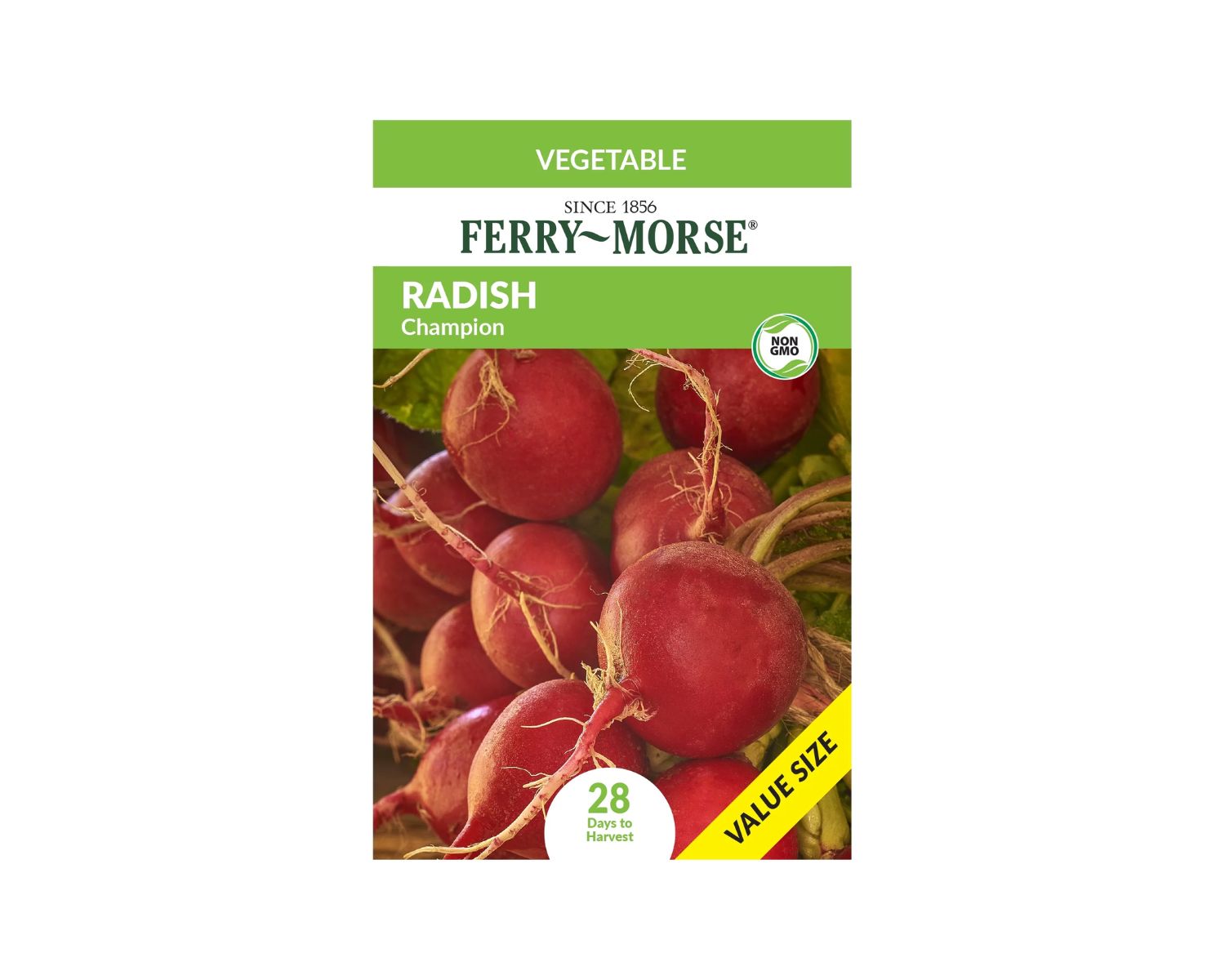

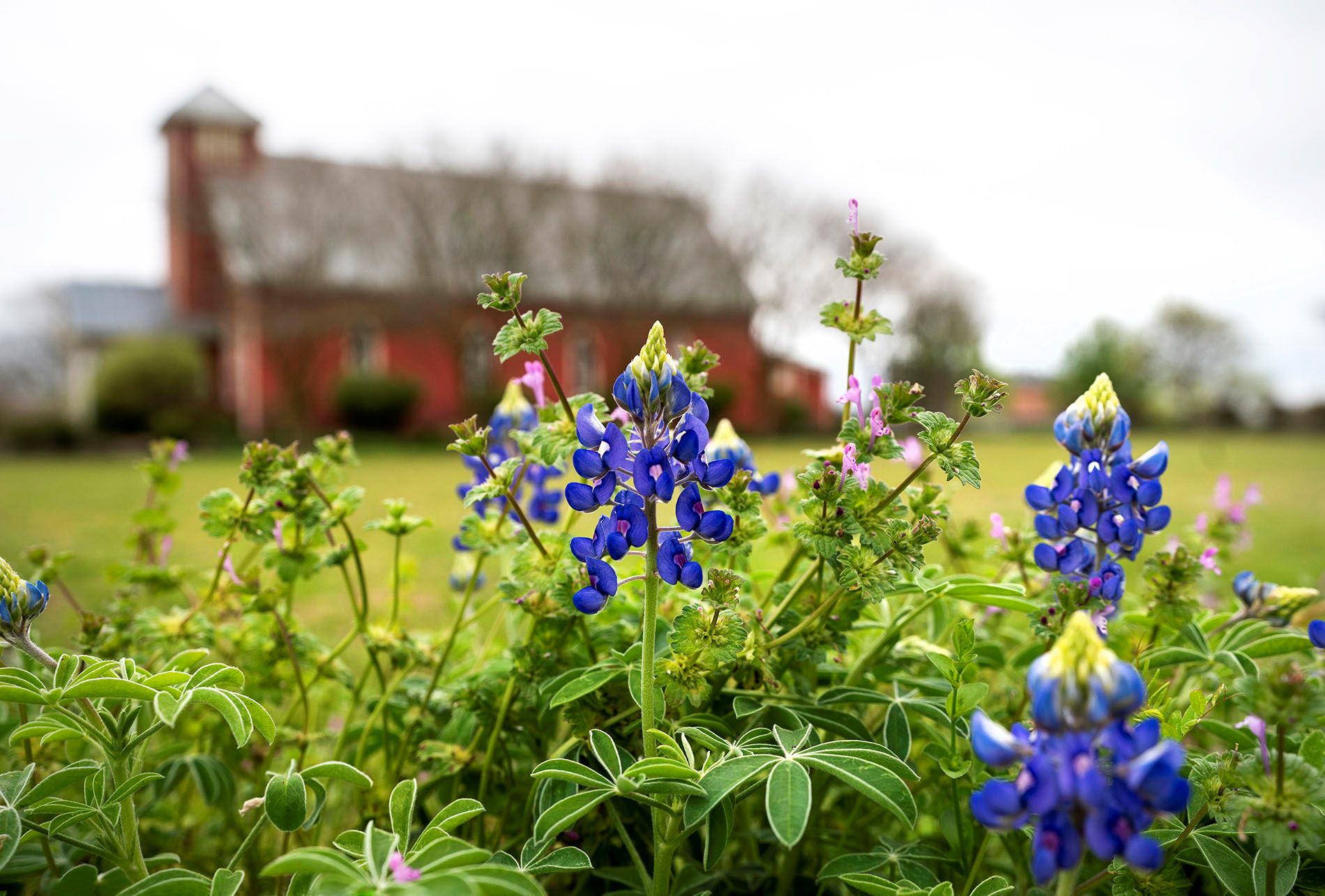
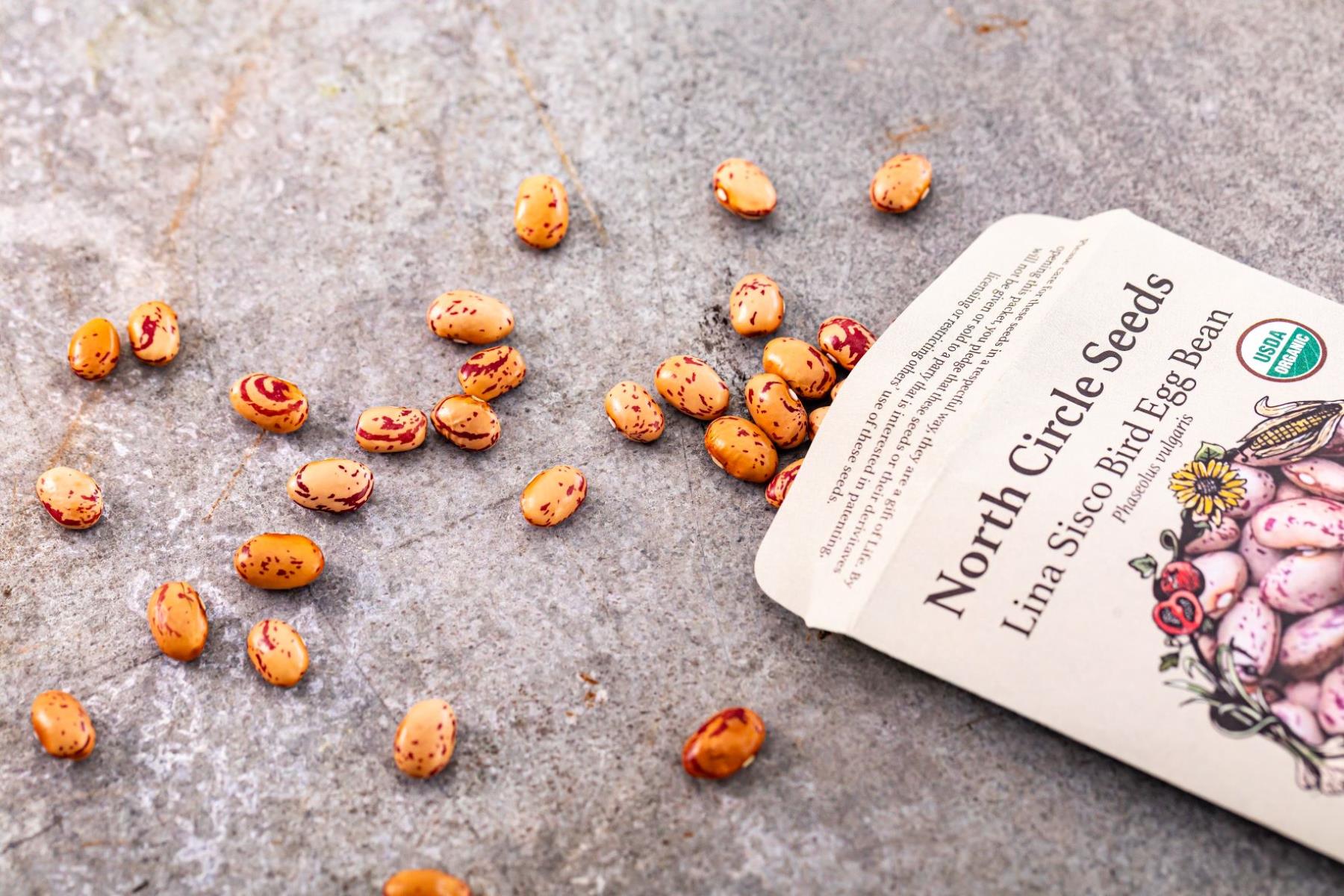
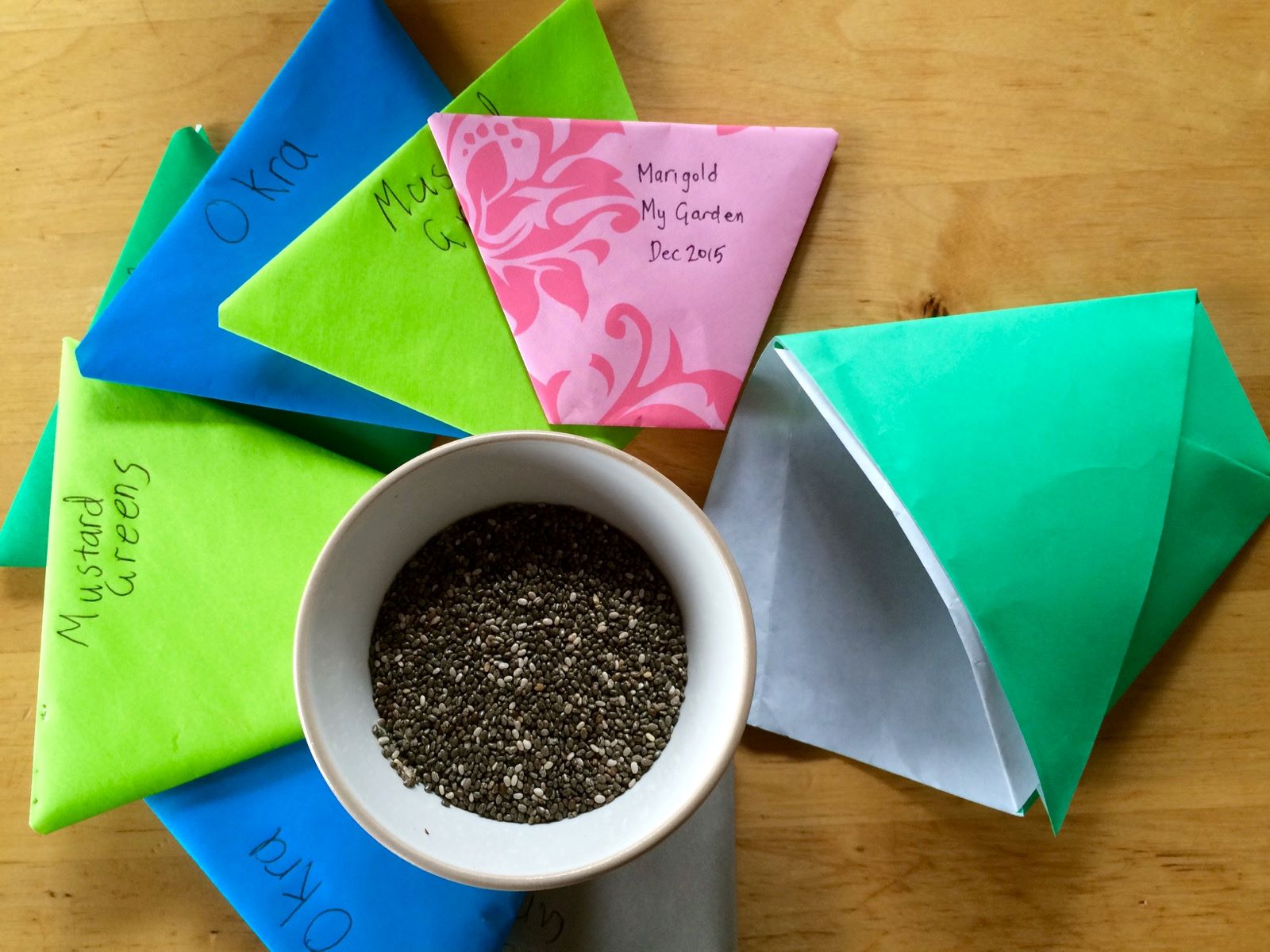
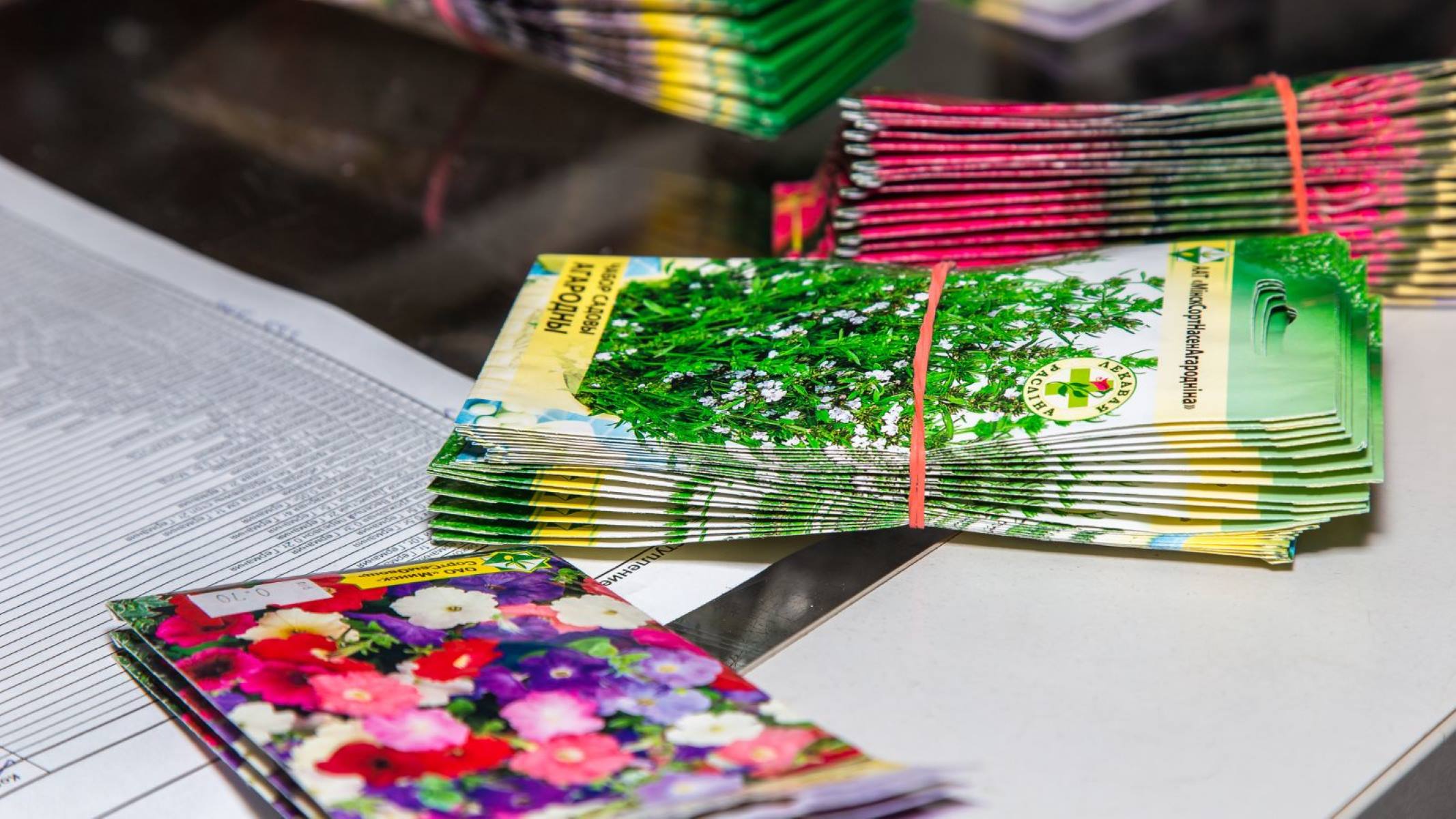
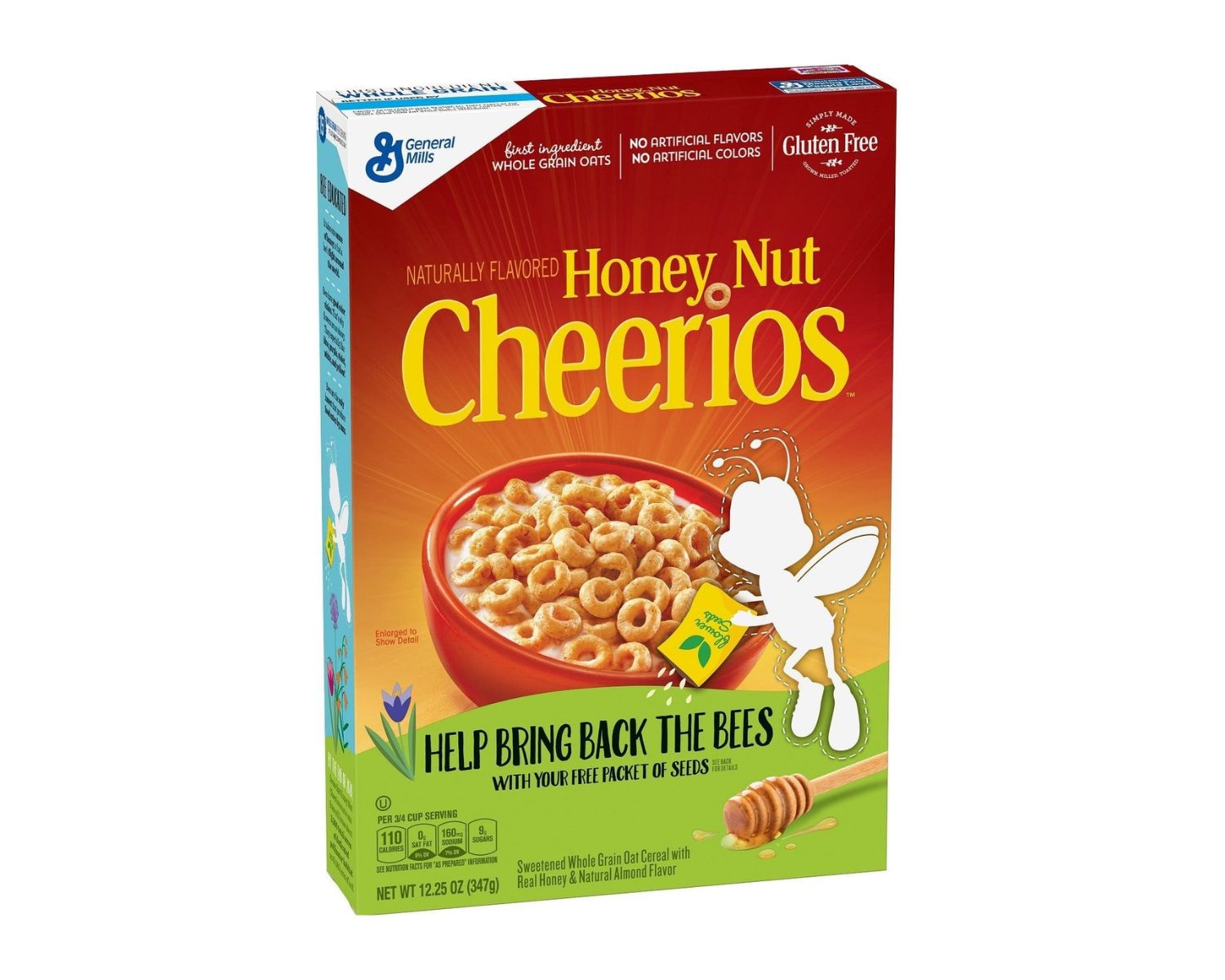
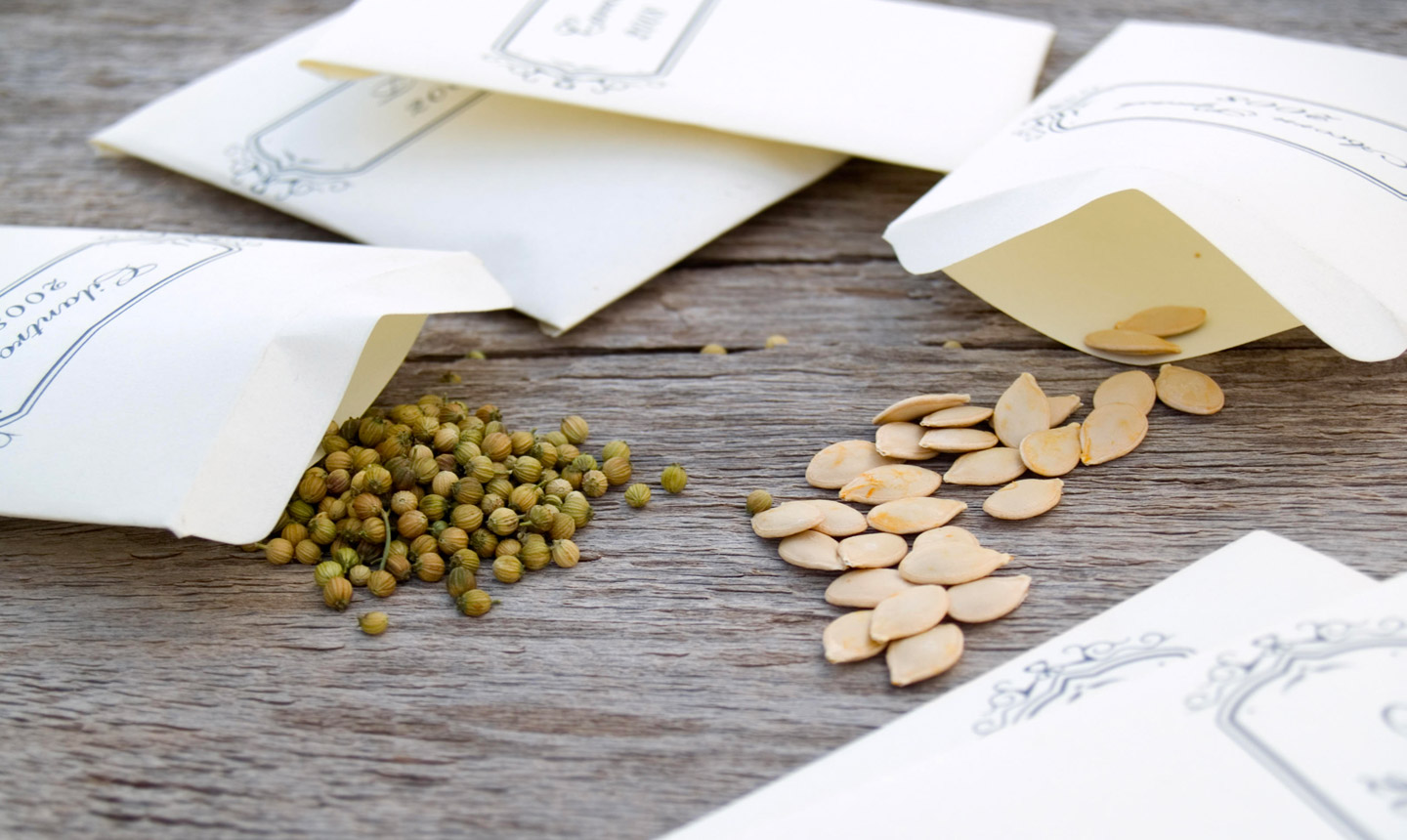
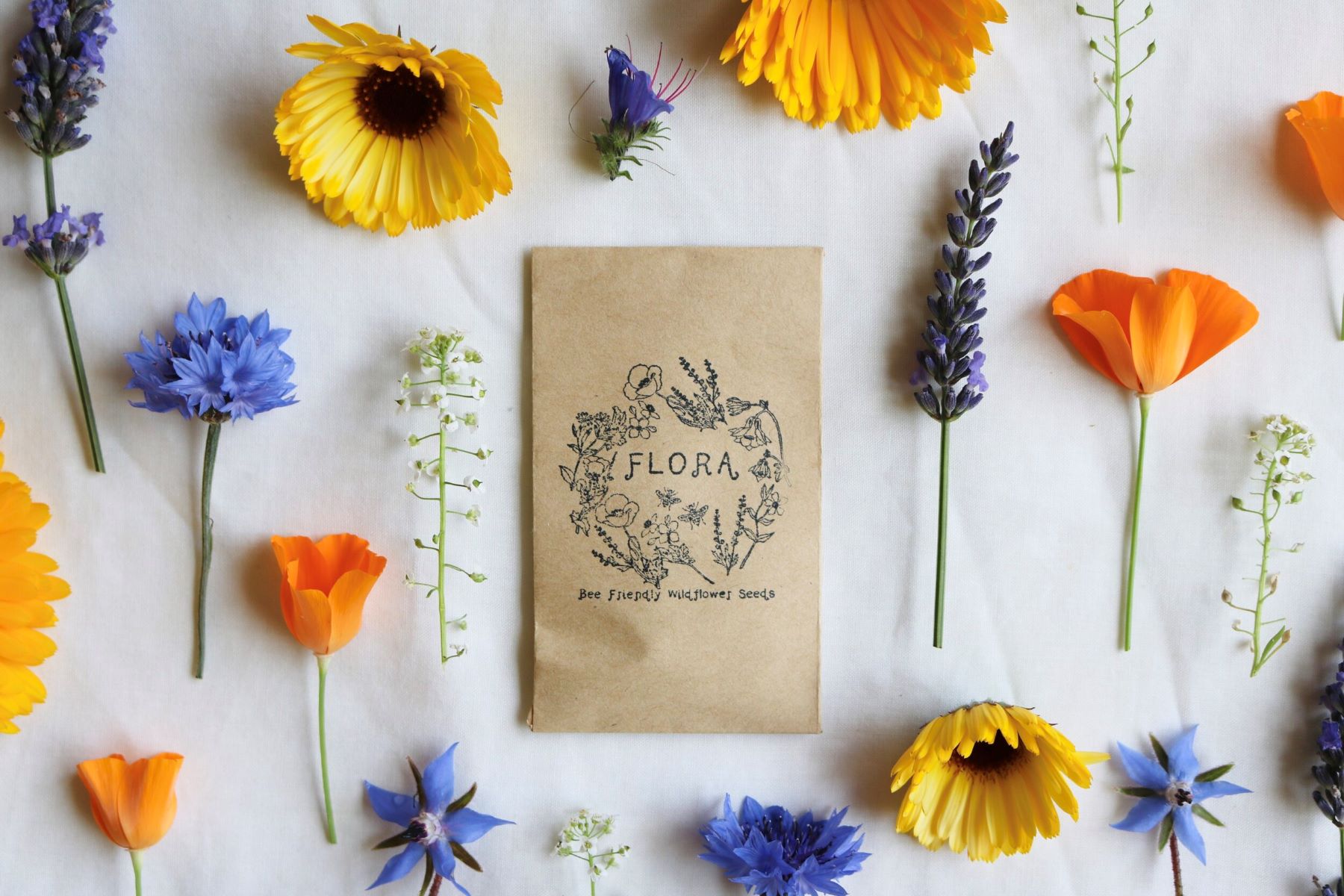

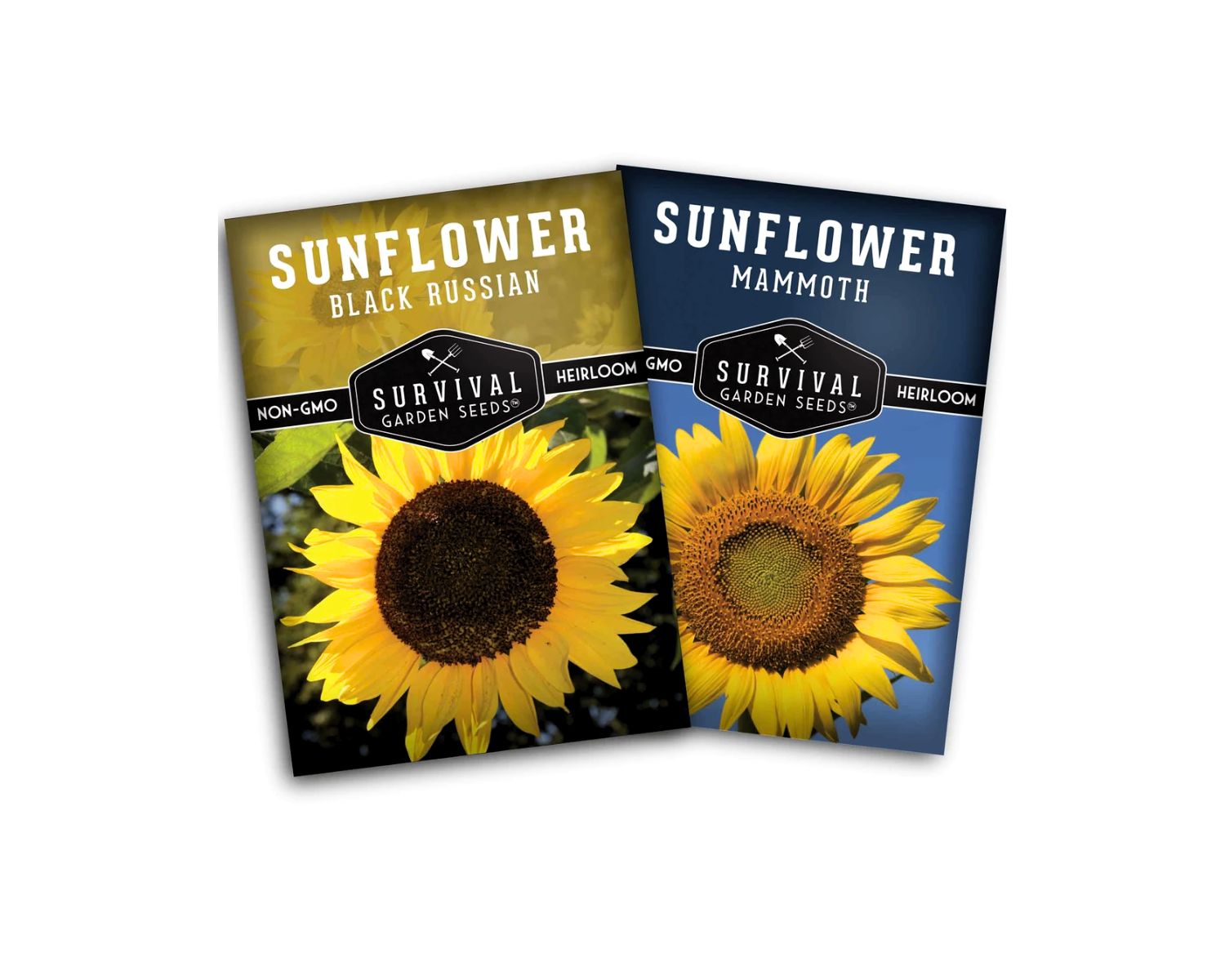
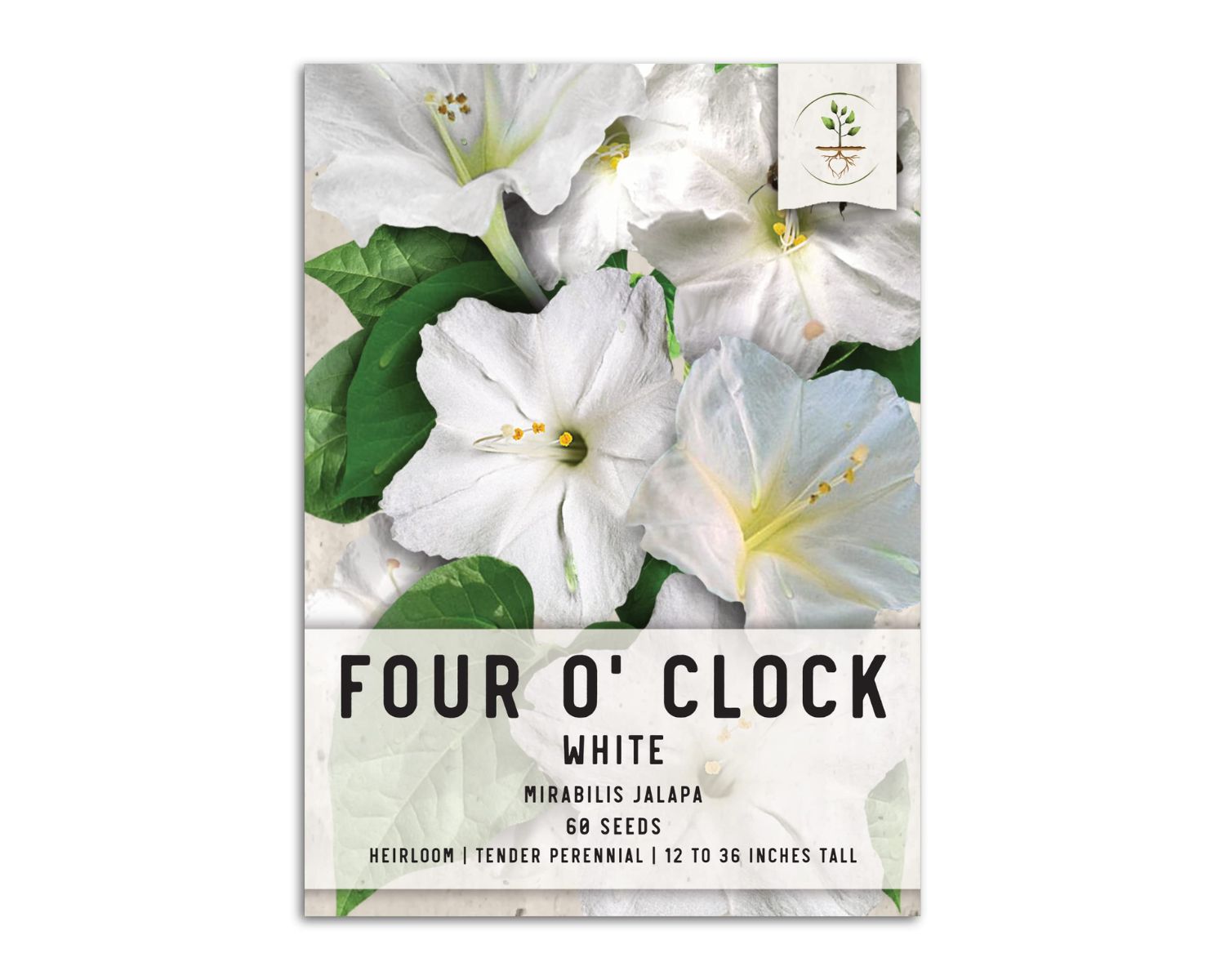
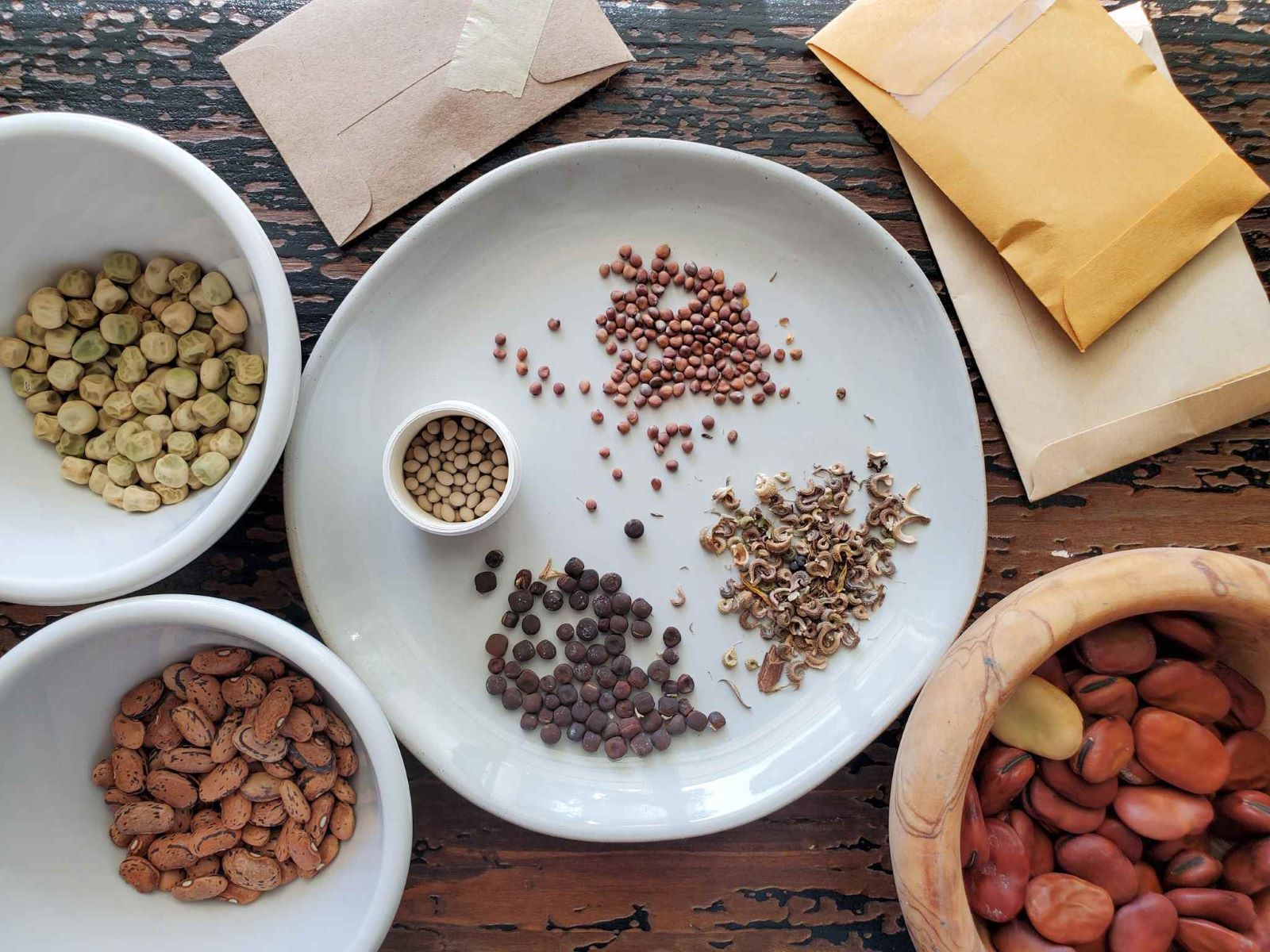
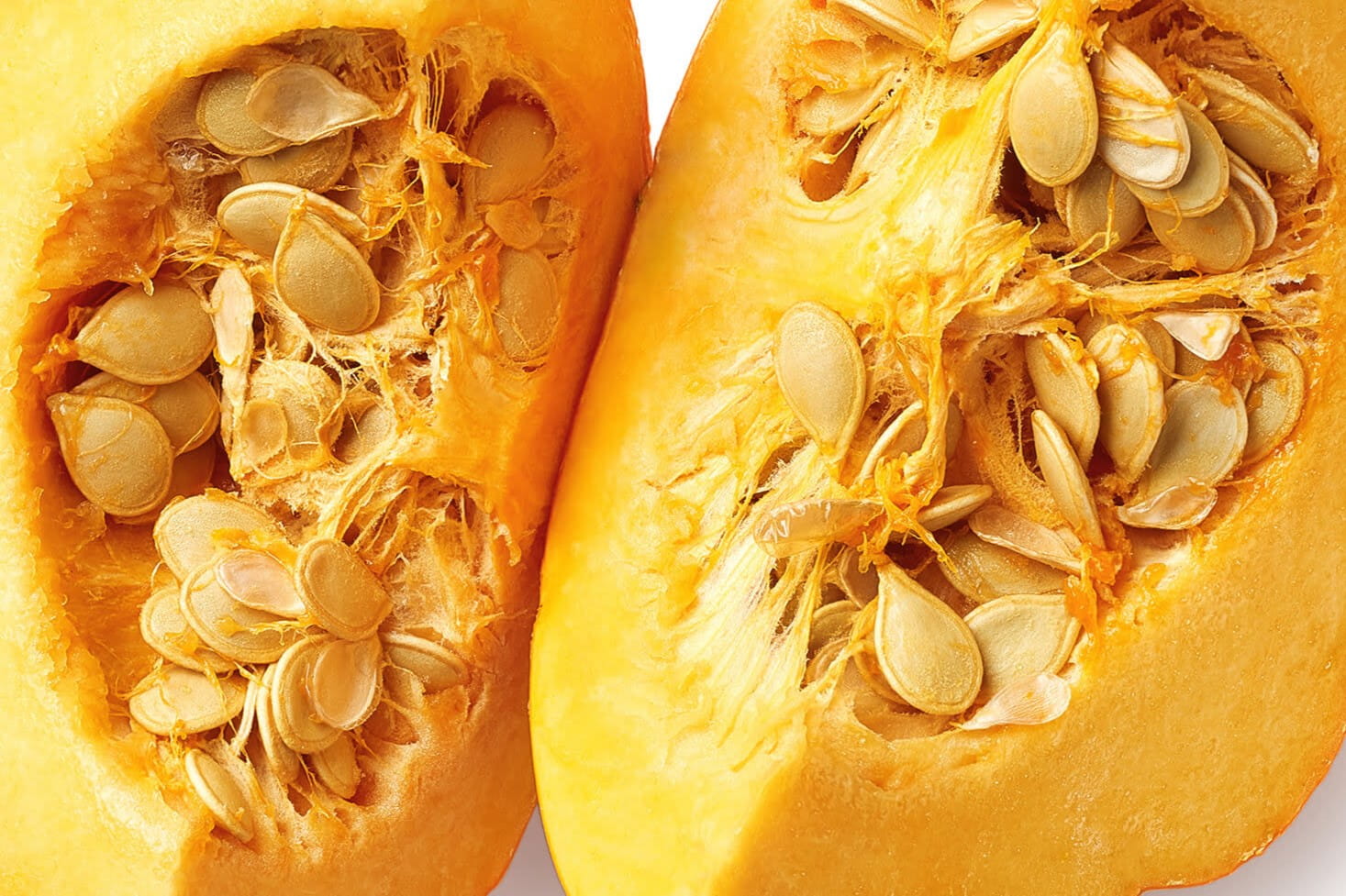

0 thoughts on “How Many Seeds Are In A Johnny Seed Packet”